Simple Rhubarb Wine Recipe
Homemade rhubarb wine is easy to make, and takes only a few ingredients. While many people do not like raw rhubarb, it tastes much better cooked into a dessert or dish. Rhubarb wine is a sweet wine that tastes similar to rosé wine.
Health Benefits of Rhubarb
Rhubarb has been used as a traditional medicine for over 2,000 years. Historically, rhubarb consumption is used to treat constipation, inflammation, viral infections, diabetes, and tumors. The main pharmacological ingredient is emodin, and the main source of consumption of it is from eating rhubarb. The roots and rhizomes of rhubarb contain about 2.31 mg/g of emodin. Emodin has been studied extensively in recent years, because of the health effects on gut health, anti-bacterial and anti-viral, anti-inflammatory, anti-fibrosis, anti-cancer, and anti-allergy.
- Gut health: Studies have shown improvement in ulcerative colitis in mice with rhubarb ingestion. Additionally, rhubarb consumption in mice has also been shown to prevent liver inflammation caused by alcohol intake, due to the gut microbiota and amino acids. Other studies demonstrated that administering rhubarb to critically ill patients increased intestinal microdiversity. Microbiome diversity is important in critically ill patients, because an alteration in the gut microbiome promotes disease.
- Anti-bacterial and antiviral: Rhubarb has efficient antibacterial activities against a variety of bacteria, including Staphylococcus aureus, bifidobacteria, Lactobacillus, Helicobacter pylori (H. pylori), Escherichia coli (E. coli), methicillin-resistant Staphylococcus aureus (MRSA), and multidrug-resistant Helicobacter pylori. In fact, rhubarb has stronger inhibition of E. coli, Listeria monocytogenes (listeriosis), Klebsiella pneumonia (pneumonia), and Bacillus subtilis (pneumonia, endocarditis) than standard antibiotics.
- Anti-inflammatory: One study found that rats with acute pancreatitis could be treated with rhubarb orally (150 mg/kg). Studies on emodin found in rhubarb, have also been found to treat other inflammatory diseases, reverse cell damage, and reverse overall tissue damage. Examples of acute inflammatory diseases that can be treated with rhubarb include acute pancreatitis, acute cholecystitis, and appendicitis. Studies have also shown that chronic inflammatory diseases can also be treated with rhubarb. Examples of these include rheumatoid arthritis, osteoarthritis, and Alzheimer’s disease. (I’m sure there are more chronic inflammatory diseases that rhubarb can treat, I just haven’t found the studies that have proven it yet.)
- Anti-fibrosis: Fibrosis is scarring or abnormal thickening of tissue. Fibrosis is a common outcome of chronic organ disease like chronic liver injury, chronic kidney disease, and pulmonary interstitial disease. One study found that emodin (20 mg/kg) from rhubarb, treated rats with pulmonary fibrosis. Another study found that emodin can treat renal fibrosis.
- Anti-cancer: Rhubarb has been shown to prevent a variety of tumors in the digestive, respiratory and reproductive systems. These include stomach cancer, pancreatic cancer, nasopharyngeal carcinoma, lung adenocarcinoma, and ovarian carcinoma. This is due to rhubarb’s ability to promote the degradation of β-catenin protein, and negatively regulate the Wnt signaling pathway. Additionally, rhubarb can inhibit the metastasis (spread) of lung cancer, gastric cancer, and ovarian cancer.
- Anti-allergy: Studies have suggested that rhubarb can have antihistamine agents, which are used to treat allergies. Rhubarb has been shown to reduce β-hexosaminidase activity. Further development of emodin derived from rhubarb could be used as a therapeutic agent for immediate and chronic allergic diseases.
Rhubarb Moonshine Ingredients:
- Rhubarb: Use rhubarb stalks fresh from the garden, because store-bought rhubarb contains preservatives that will prevent proper fermentation for wine making.
- Honey: Using honey technically makes this recipe a rhubarb mead recipe. However, the benefits of using honey instead of sugar are an added hint of wildflower taste, digestive benefits, and avoiding food treated with RoundUp (glyphosate). Sugar beets and sugar cane are sprayed with RoundUp, so substituting honey to make rhubarb wine is a great way to avoid added pesticides.
- Raisins: (optional) Raisins will add body to the rhubarb wine, meaning that they increase the viscosity of the rhubarb brandy. This also allows the flavors to linger in the mouth longer, and also gives off a slight caramel taste. Adding raisins may also increase the sweetness of the drink (great for dessert alcohol).
- Lemon: Zest & lemon Juice from 1 big lemon
- Yeast and yeast nutrient: Champagne yeast, wine yeast, and brewers yeast will survive higher alcohol levels than bread yeast. Yeast nutrient encourages yeast survival.
- Water: Additional water is needed to fill to 1 gallon. (The default size for the rhubarb wine recipe 1 gallon. You can also see the 5 gallon rhubarb wine recipe by clicking the 5x box below.) Be sure to use unchlorinated water, or allow the water to sit in an open container for the chlorine to evaporate (for those with water supplied from the city or community well).
- Precipitated Chalk: (optional) Rhubarb is extremely acidic, and the acid levels could be too high for the yeast to survive. Precipitated chalk will lower the acid levels to allow the yeast to survive, or use a type of yeast that will tolerate high acid levels (like champagne yeast).
- Pectic Enzyme: (optional) Breaks down natural fruit pectin, preventing the wine from being thick and preventing haze in the final product.
- Tannin: (optional) Increase the bitterness and dryness taste of the moonshine or wine. A natural source of tannin includes green oak leaves and grape leaves.
- Campden tablet: (optional) Prevents spoiling and clears the wine.
Equipment for Rhubarb Wine Making
There is no need to purchase expensive wine making kits for making rhubarb wine, when all you need is a few pieces of equipment:
- Primary fermenting bucket (Amazon affiliate link)
- 1 gallon carboy (Amazon affiliate link), 5 gallon carboy, or glass jar with fermenting airlock lid (Amazon Affiliate Link)
- Siphon (Amazon affiliate link)
- Flip top bottles (Amazon affiliate link), this is not needed until after 5-6 weeks of fermenting
How to Make Rhubarb Wine

Homemade Rhubarb Wine Recipe
Equipment
Ingredients
- 6 pounds rhubarb (about 24 cups, about 24 large stalks or 48 small stalks)
- 2 pounds Honey (about 2⅔ cups)
- 1 cup raisins (about 3¾ cups (optional))
- 2 large lemons
- 1 gallon Water (unchlorinated)
- 1 Packet Wine yeast (or 1/2 tsp (optional))
- 1 tsp Yeast nutrient (optional)
- 1 crushed Campden tablet (optional)
Instructions
- The first step in making homemade rhubarb wine is to dilute the honey in about half a gallon of water. Warm up the water to almost boiling, turn off the heat, add the honey and stir. Let the mixture cool.2 pounds Honey, 1 gallon Water
- While the water is heating up, remove the leaves and rinse the rhubarb stalks. Crush the rhubarb stalks to speed up the fermentation of the rhubarb. Place the rhubarb in the primary fermenting bucket.6 pounds rhubarb
- Thinly grate the skin of two lemons, juice the lemons, and add the juice and zest (gratings) to the primary fermenting bucket.2 large lemons
- Add the optional raisins to the primary fermenter.1 cup raisins
- Once the diluted honey has cooled to below 90 degrees Farenheit, add the diluted honey to the primary fermenter.2 pounds Honey
- Dissolve the optional crushed Campden tablet in enough water to top off the primary fermenter to 1 gallon (or desired recipe amount), and add it to the primary fermenter. Wait 12 hours before adding the yeast and nutrient after adding the Campden tablet (it will kill the yeast). You can add the yeast and nutrient immediately if skipping the Campden tablet.1 Packet Wine yeast, 1 tsp Yeast nutrient, 1 crushed Campden tablet
- Mix the ingredients and cover with airlock. Ferment the rhubarb wine for 21 days.
- After 21 days, rack the rhubarb wine into a new carboy using the siphon. Leave the sediment and food behind in the primary fermenter.
- Cover with airlock, and ferment the wine for another 30 days.
- On day 52, if the wine is clear you can bottle it. If the wine is cloudy and has sediment, use the siphon to rack the wine into another carboy (leaving behind the debris) and wait for another 30 days. Repeat this process until the rhubarb wine is clear, and then bottle it. (A clear glass demijohn will make it easier to tell if the wine is clear.)
- The wine is drinkable once it is bottled, however, rhubarb wine tastes best after about 6 months of aging in the bottle.
Rhubarb Wine Recipe Substitutes
- Frozen rhubarb:
- Rhubarb has a shelf life in the refrigerator of about 3 weeks. Rhubarb continuously produces for most of the summer. So in order to collect 6 pounds of rhubarb to make 1 gallon of wine, you may need to freeze the rhubarb as it becomes ready to harvest. Blanching rhubarb before freezing preserves the texture and color, so you may want to blanch the rhubarb for 1 minute before freezing for other rhubarb recipes.
- Apple and rhubarb wine:
- Substitute half of the rhubarb with apples. Apples aren’t typically ready for harvest until August or September, so you may need to freeze your rhubarb harvest and wait to make wine.
- Strawberry and rhubarb wine:
- Substitute half of the rhubarb with strawberries. Strawberries are a great addition to rhubarb wine not only for their delicious flavor together, but they are both ready for harvest in June and July.
- Old fashioned rhubarb wine recipe without yeast:
- All fruits and vegetables have some level of natural yeast. This yeast usually lives on the skins of the food. Homegrown foods will usually have enough natural yeast for fermentation. Store-bought foods will most likely not have enough yeast, because natural yeast will reduce the shelf life of the produce. If you want to avoid adding yeast to your fruit wine base, you will need to grow your own or purchase preservative-free foods from a local farmer’s market.
- Sugar:
- Sugar can be used in place of honey, use 6 cups of sugar per gallon of homemade rhubarb wine.
Other Rhubarb Recipes
If you have a garden full of rhubarb, try our other rhubarb recipes: Rhubarb Jam, Rhubarb Muffins, Rhubarb Wine, and Strawberry Rhubarb Jam.
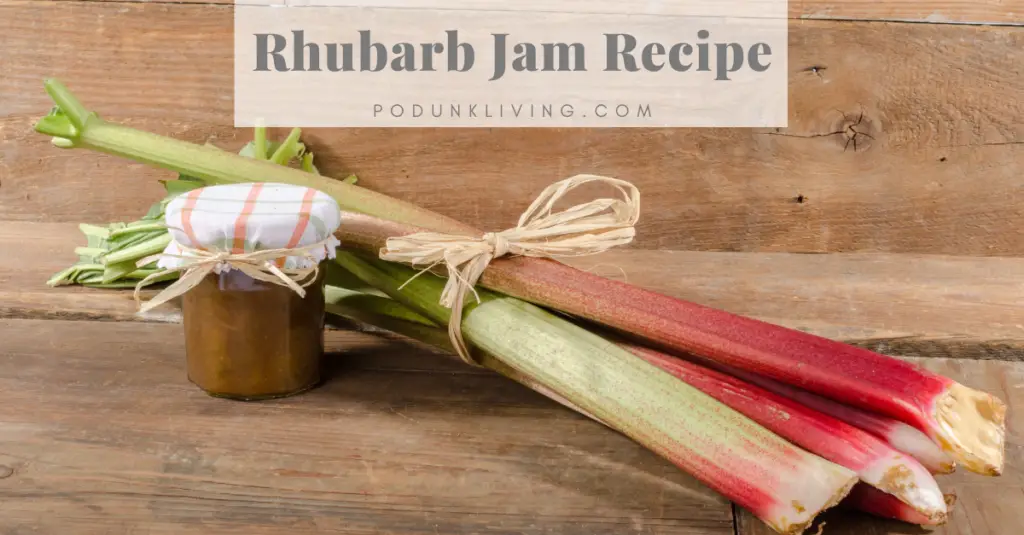
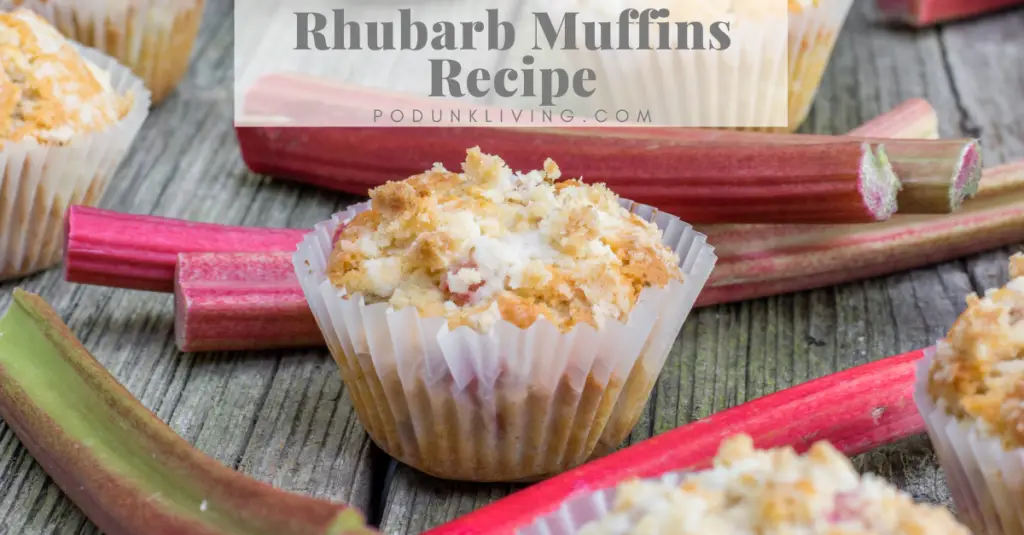
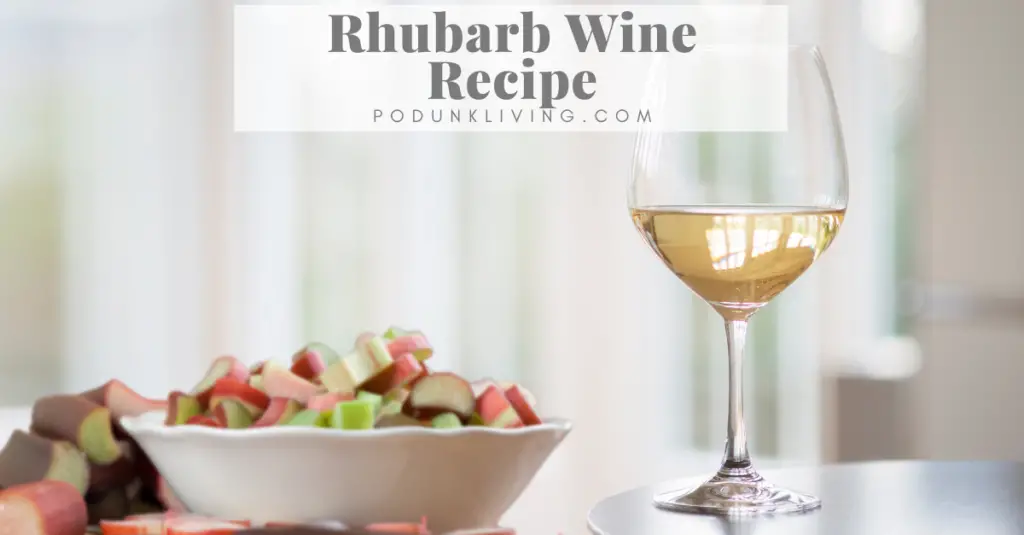
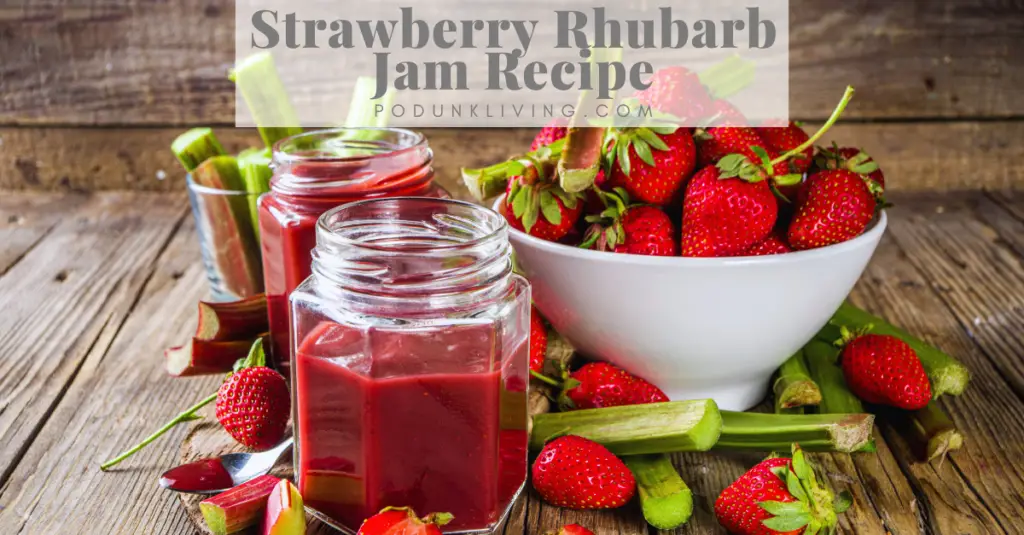


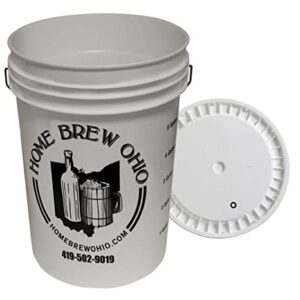
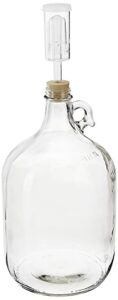
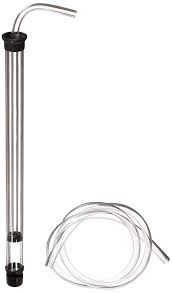
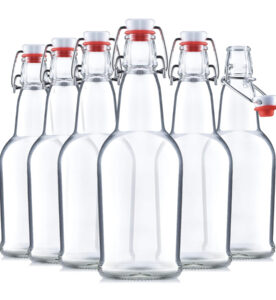
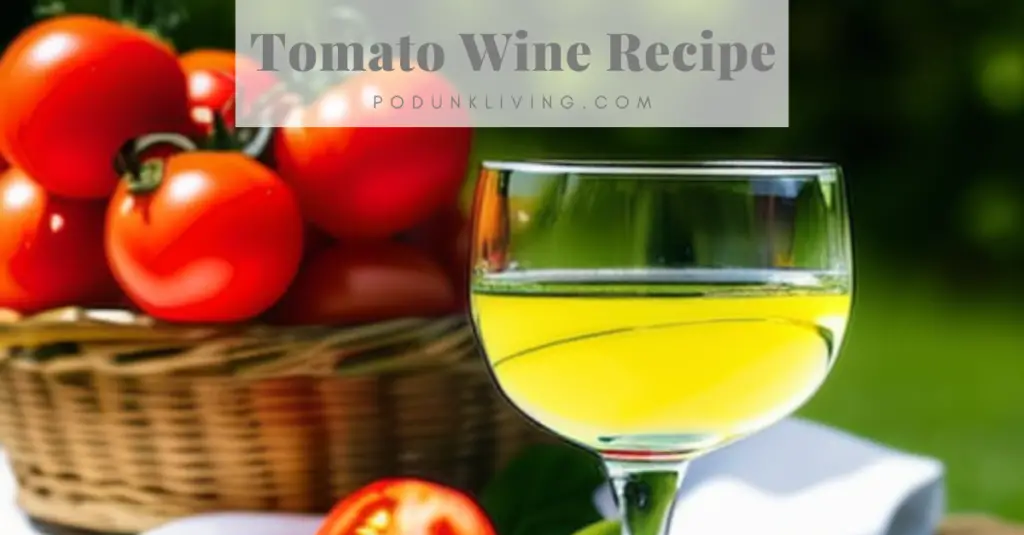
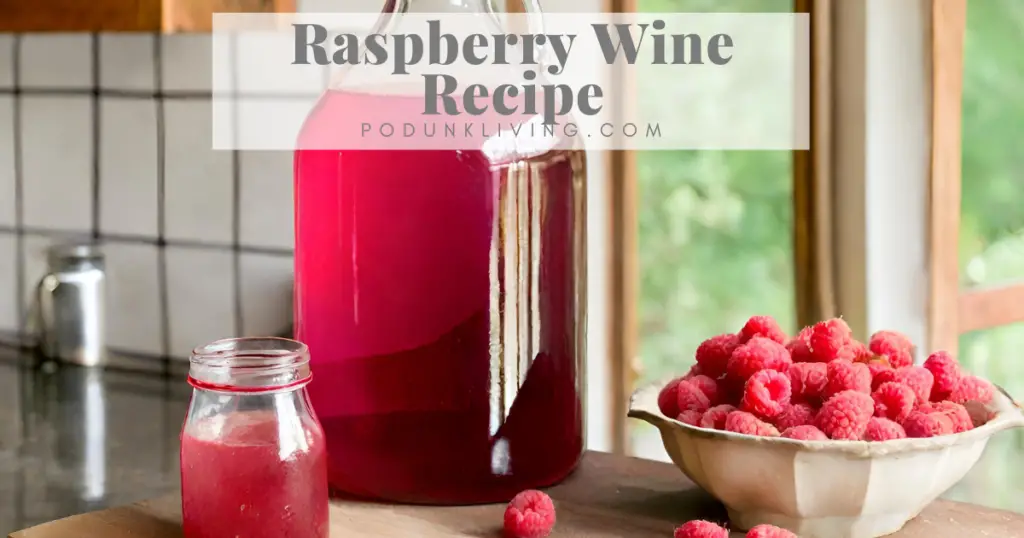
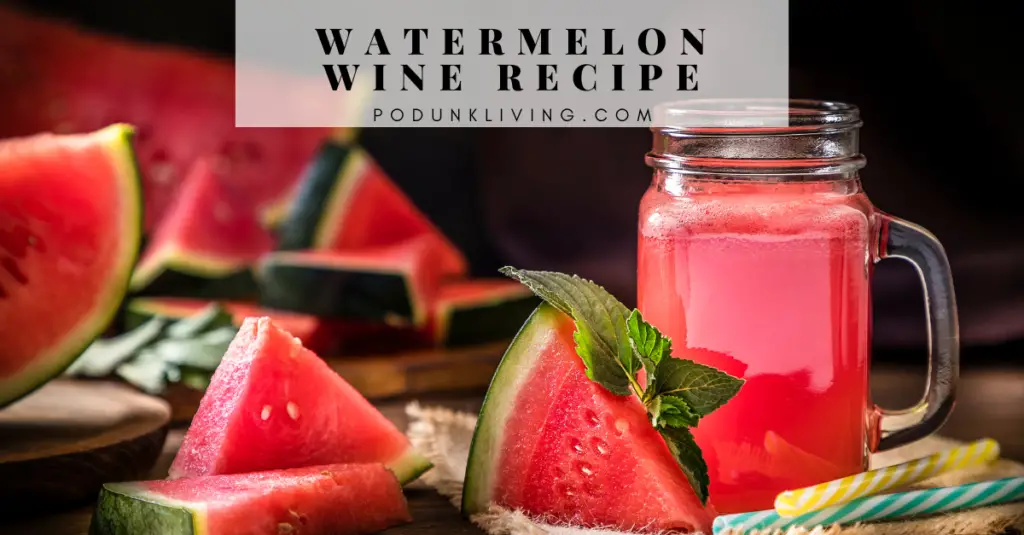
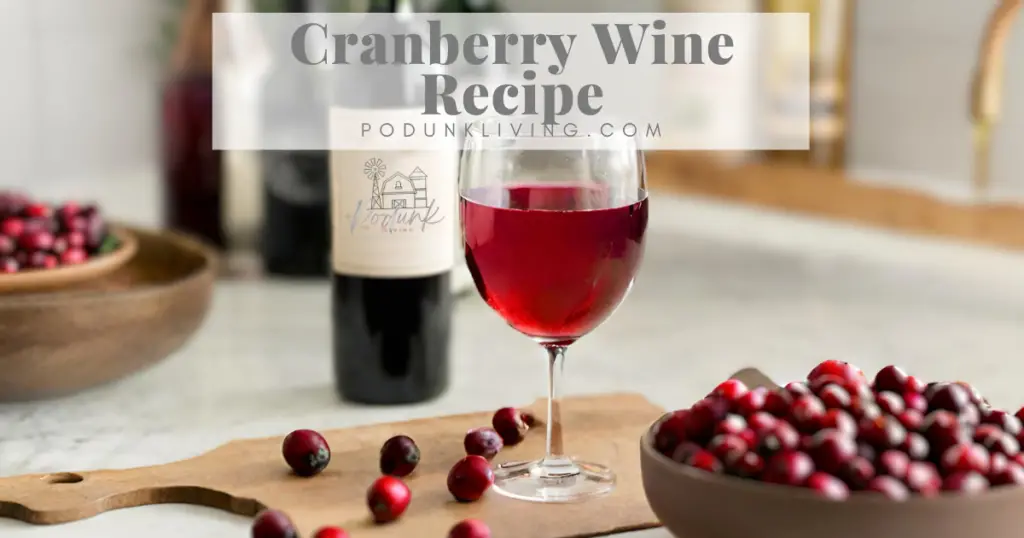
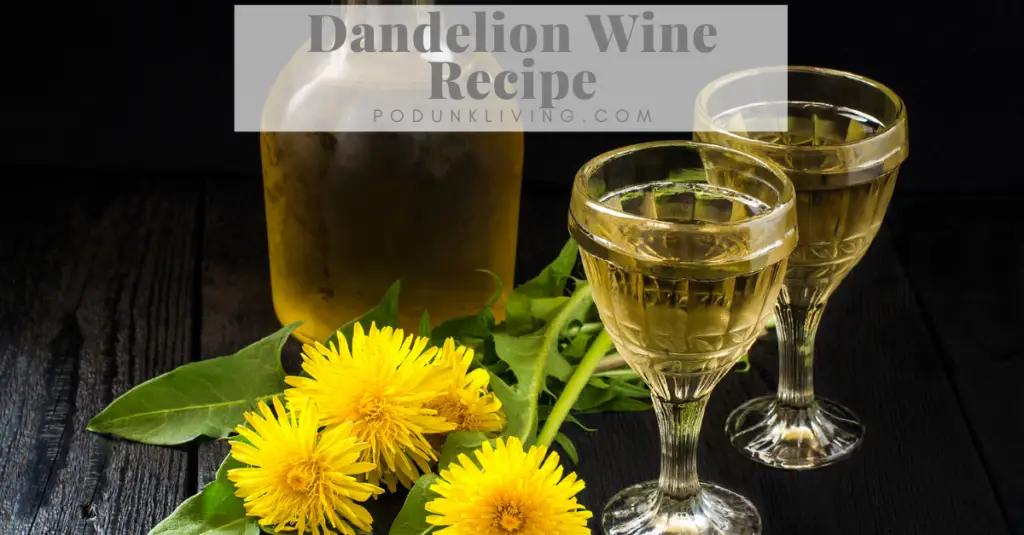
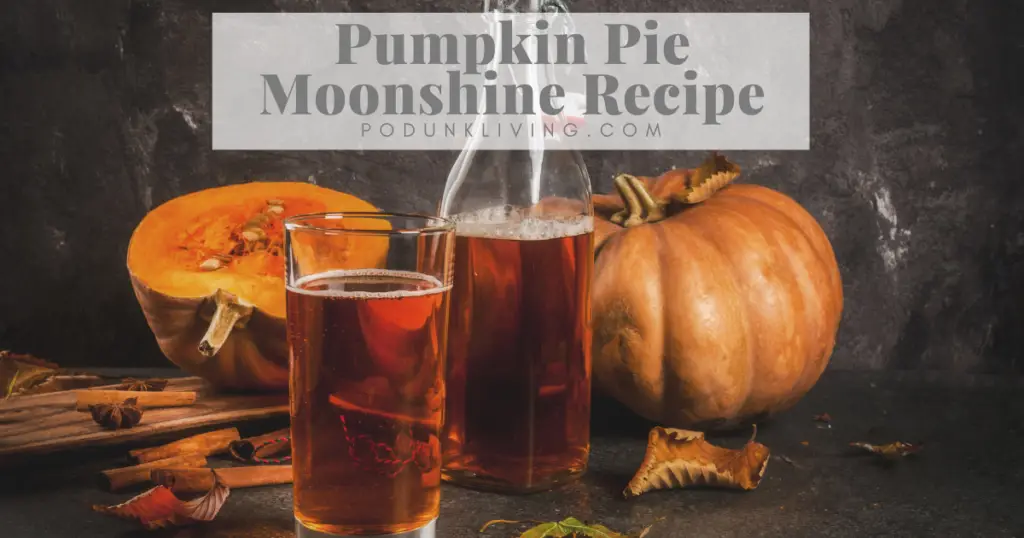
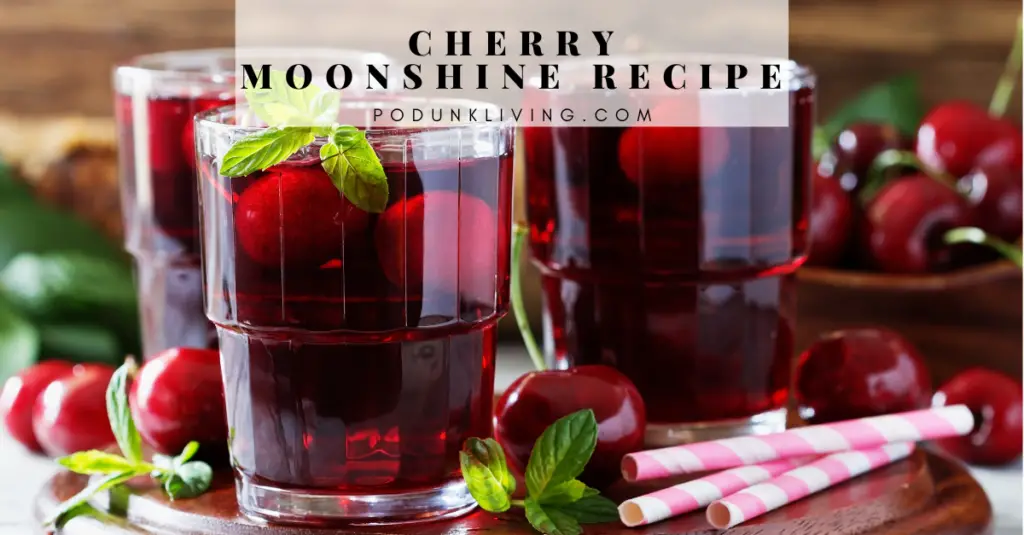
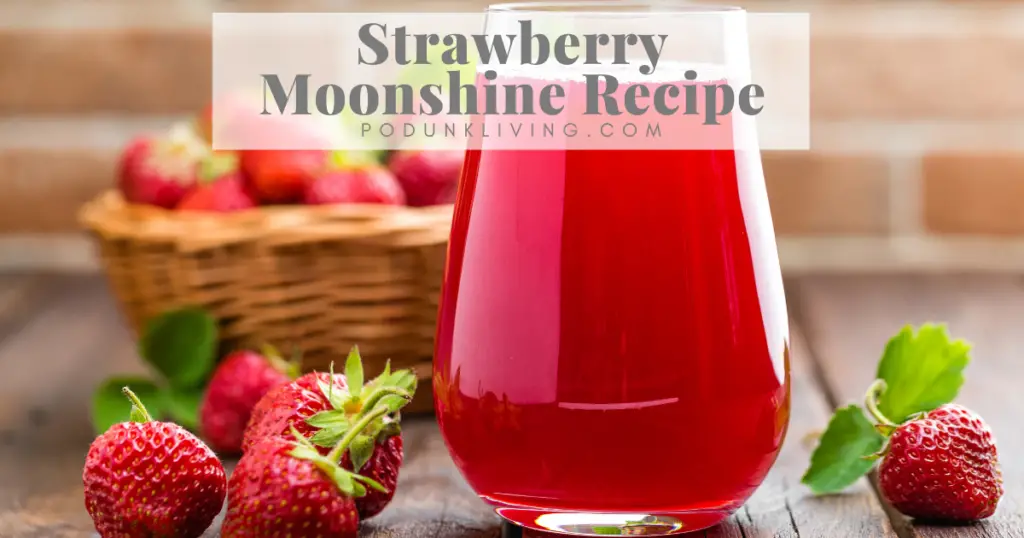
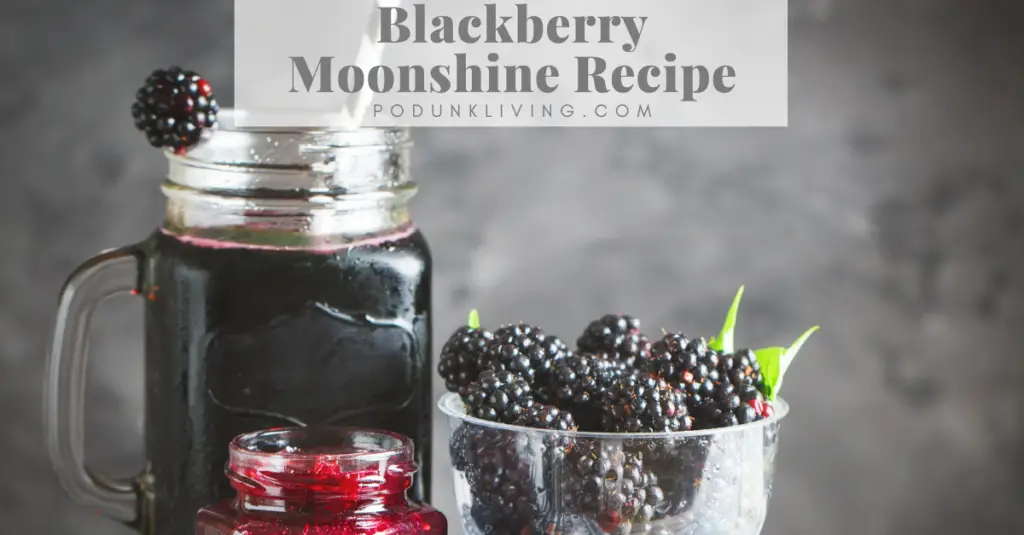
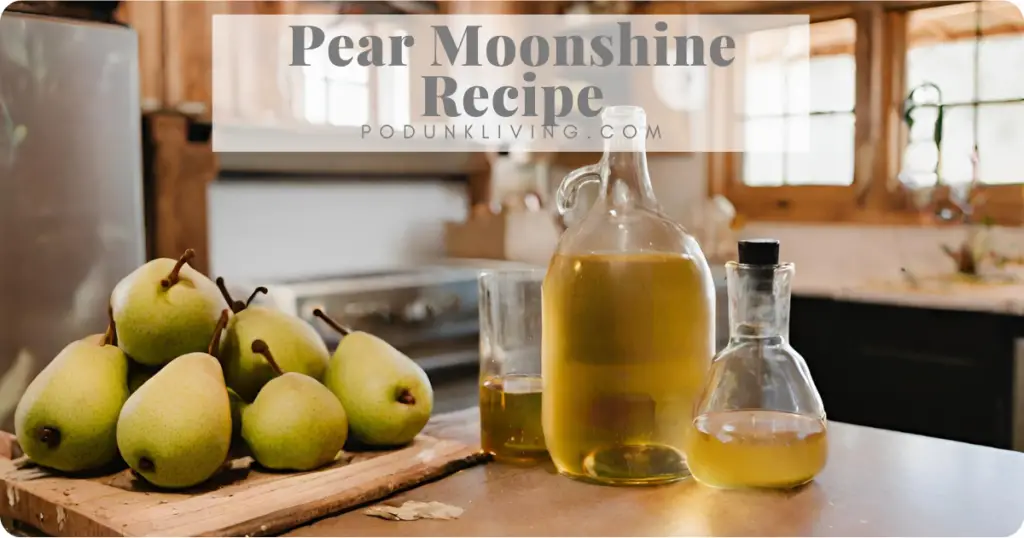
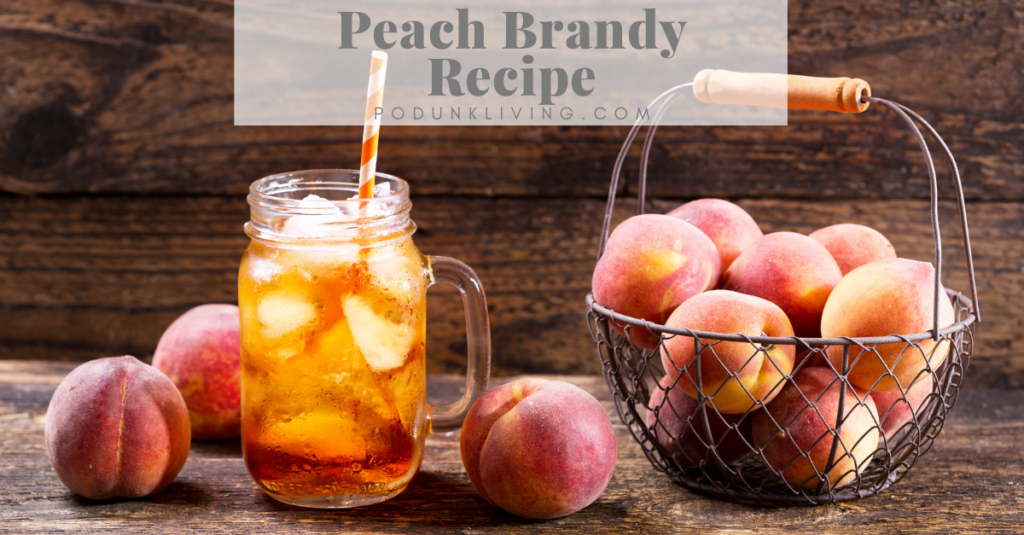
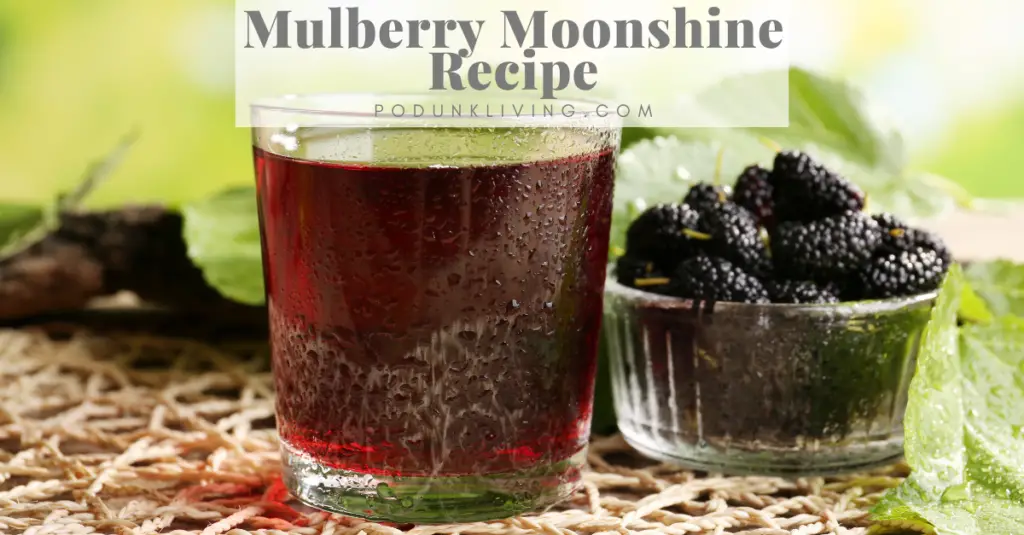
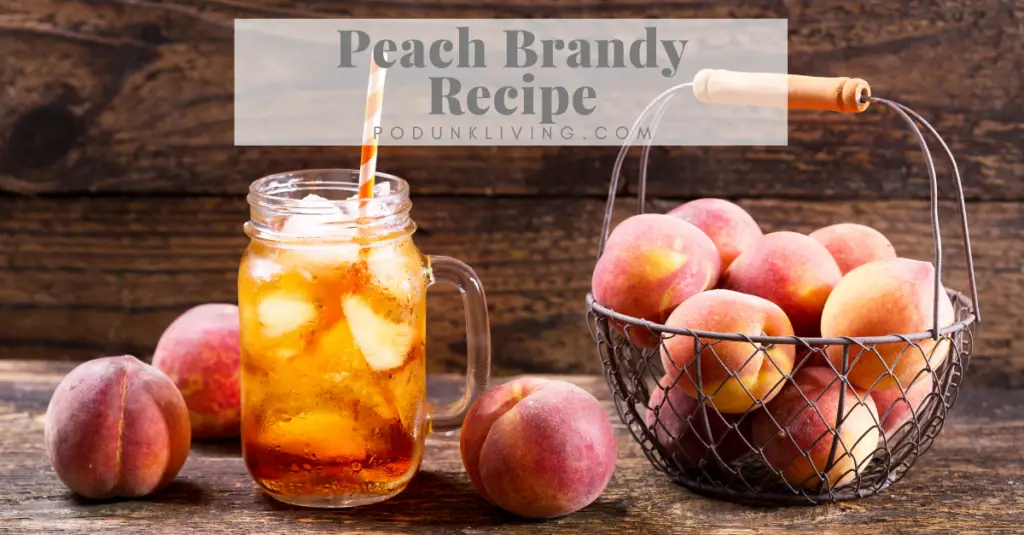



I love rhubarb! Can I add strawberries to the recipe?
Absolutely! Substitute half the rhubarb with strawberries, and you’ll have a delicious strawberry rhubarb wine.
Made some strawberry rhubarb wine by adding strawberries to this recipe… we’ll see how it turns out